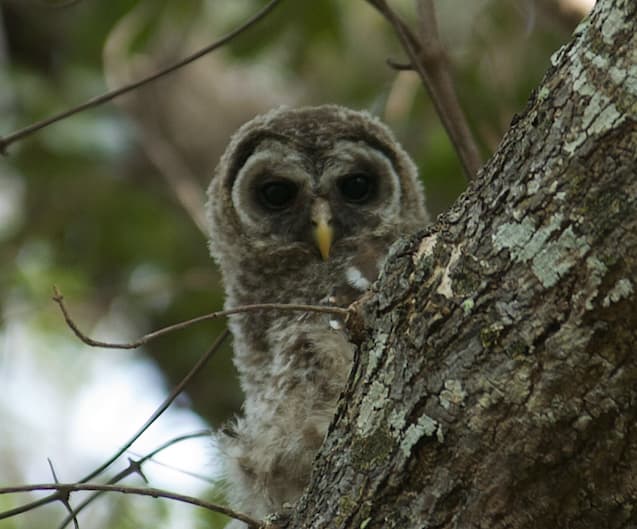For as long as I can remember, one of the most important things to get right in photography has always been focusing. Over all these years, and all the cameras I worked with, I wanted to follow an “eye” or something that I considered the heart of the image, and focus there.
This has been altered somewhat by Joanna’s explanations of depth of field, and how the photographer can determine what needs to be sharp. It’s still true for me today, long after I switched to “back button focus”.
Of course Nikon, over the years, has developed more and more aids to control focus - I guess most cameras have that now. From going to the birdwatching sites, there is a lot more to be learned.
Last month I found this video:
https://www.youtube.com/watch?v=wsyu5wp6L04
I’ve watched it several times now, and plan to make use of it in my day-to-day photography. My problem, is I want to BOTH be watching what’s in the viewfinder, AND to maybe learn how to use these new (to me) techniques to capture sharper photos.
I thought I should post the link here, as some of you may find this useful information. I suspect all brands of cameras have something similar, to allow photographers to select the most appropriate tools for what they are doing.
This may, or may not, lead to “better” photos, but I suspect it may often lead to sharper images for PhotoLab to process.
Sadly, it will not correct for the obvious mistake I made in this under-exposed and un-processed (but cropped) image.
I thought I nailed it. Got home, and thought “oh no!!!”
I expect the video I linked to will help me a lot of the time, but I still may need to select one point and superimpose it perfectly over my subject. I can’t help thinking that may camera thinks it is smarter than I am, and I need to get better at out-smarting the camera.

